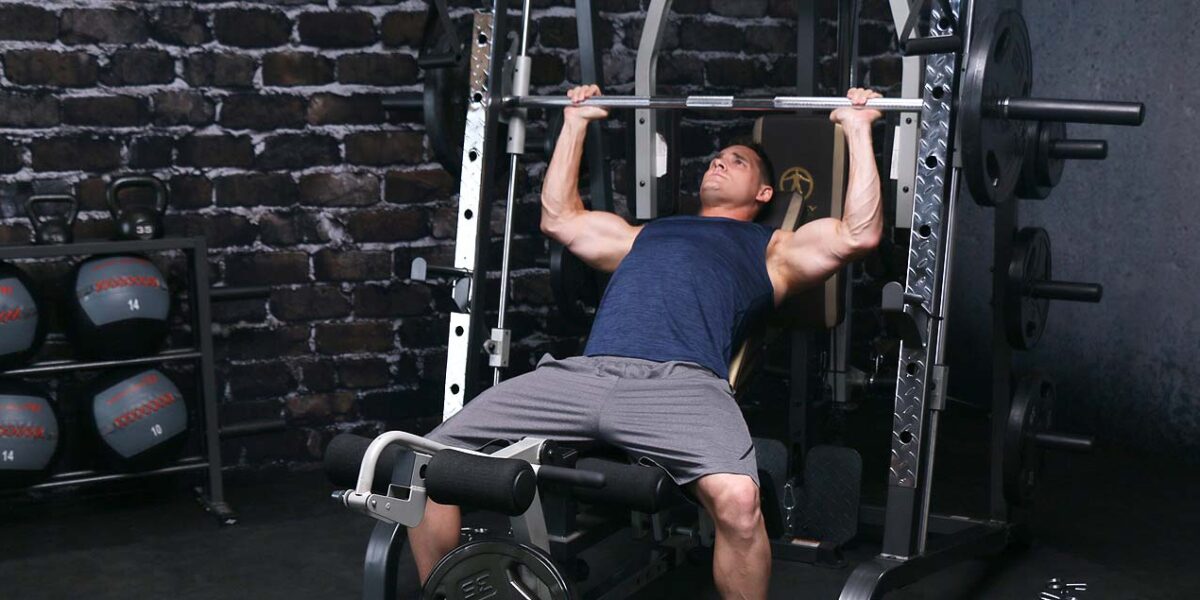When it comes to weight lifting in the gym, one piece of equipment that often divides opinion is the Smith machine. While it has its proponents, there are compelling reasons why many fitness enthusiasts and experts argue that Smith machines may not be the best choice for weight lifting. In this article, we will explore these reasons and shed light on the limitations of Smith machines in comparison to free weights and other resistance training options.
1. Limited Range of Motion
One of the most significant drawbacks of the Smith machine is its fixed bar path. Unlike free weights, which allow for a natural range of motion, the Smith machine confines your movements to a predefined vertical track. This restricted range of motion can lead to imbalances in muscle development and limit functional strength gains.
2. Reduced Stabilization and Core Engagement
In traditional weight lifting with free weights, your body is responsible for stabilizing the weights throughout the entire range of motion. This engagement of stabilizer muscles and the core is essential for developing functional strength and balance. In contrast, the Smith machine’s guided bar reduces the need for stabilization, potentially leading to weaker supporting muscles over time.
3. Unnatural Movement Patterns
Smith machines can encourage unnatural movement patterns. Since the bar is locked into a fixed plane, your body may compensate by using incorrect form or altering its natural biomechanics. This can increase the risk of injury and hinder overall muscle development.
4. Neglecting Stabilizer Muscles
Another issue with Smith machines is that they can lead to the neglect of crucial stabilizer muscles. These muscles are essential for injury prevention and balanced strength development. When using a Smith machine, the focus shifts away from these muscles, potentially leading to muscle imbalances and injury vulnerability.
5. Limited Functional Strength Gains
Functional strength refers to the ability to perform everyday tasks efficiently and safely. Smith machines, due to their isolated movement patterns and lack of core engagement, may not translate well into functional strength gains. Free weights, on the other hand, promote full-body coordination and muscle activation, leading to more practical strength improvements.
6. Plateauing Progress
Many experienced lifters find that they plateau in their progress when relying solely on Smith machines. This could be attributed to the limited variety of exercises and the lack of challenge for stabilizer muscles. Incorporating free weights and other resistance training equipment can help break through plateaus and promote continuous strength and muscle development.
While Smith machines do have their place in the gym, especially for specific exercises and beginners learning proper form, they are not the best option for comprehensive weight lifting. The limited range of motion, reduced core engagement, and potential for unnatural movement patterns make them less effective than free weights and other resistance training methods for building functional strength and muscle mass.
For those serious about their fitness journey, it’s advisable to incorporate a variety of training modalities, including free weights, bodyweight exercises, and functional movements, to ensure a well-rounded and balanced approach to strength training. By doing so, individuals can optimize their results, reduce the risk of injury, and achieve their fitness goals more effectively than relying solely on Smith machines.

